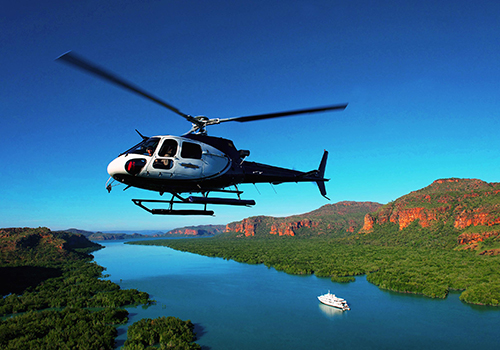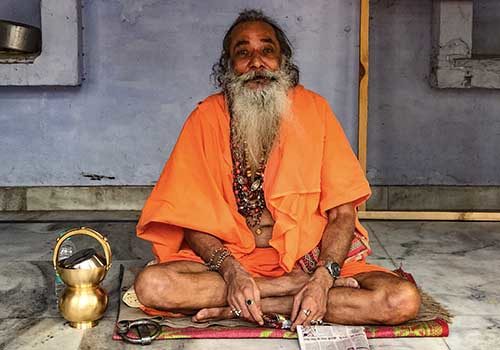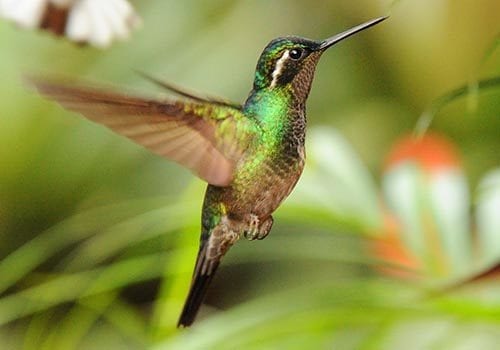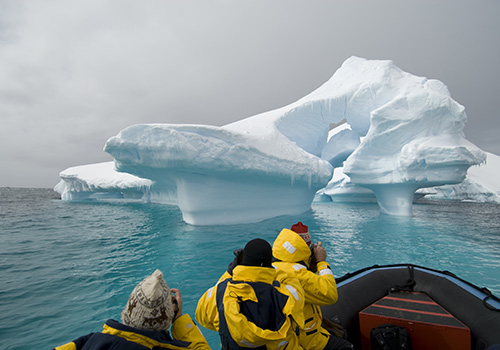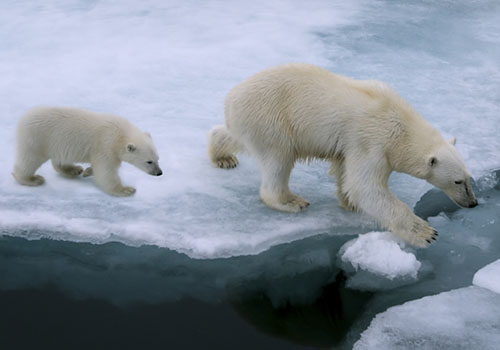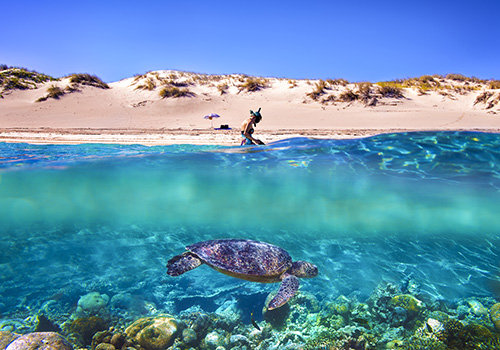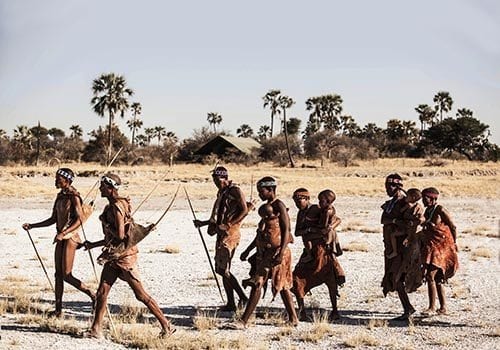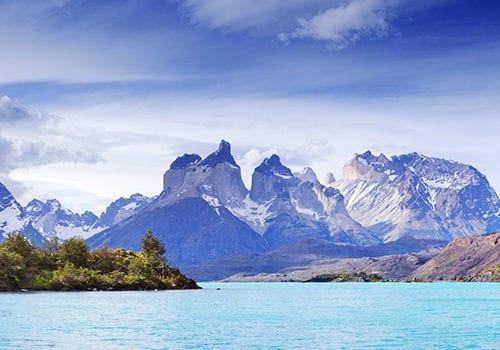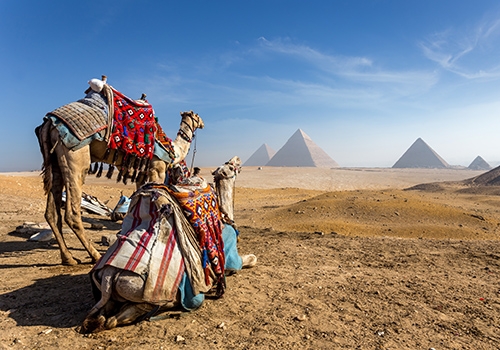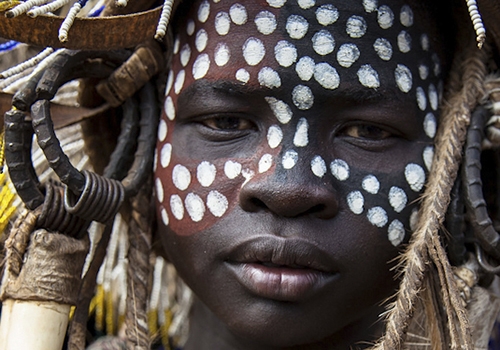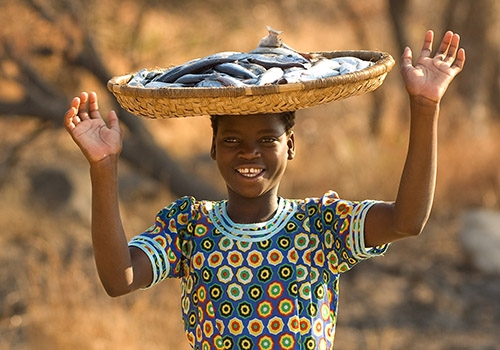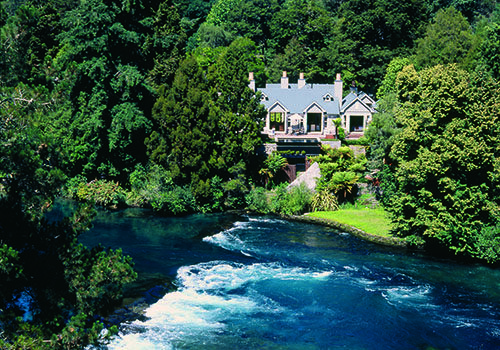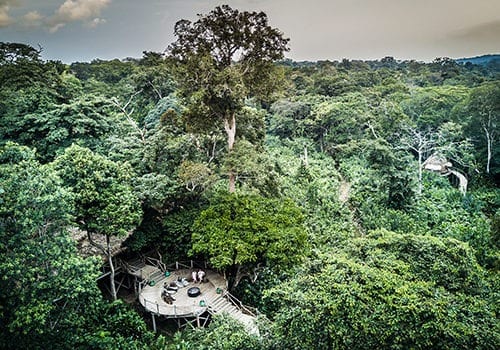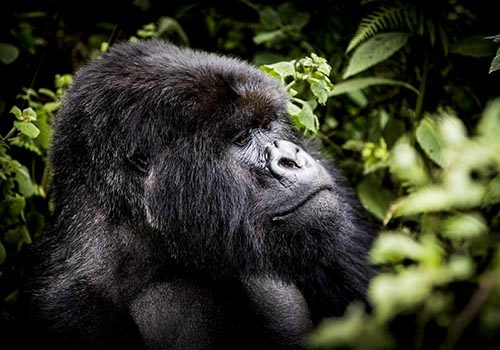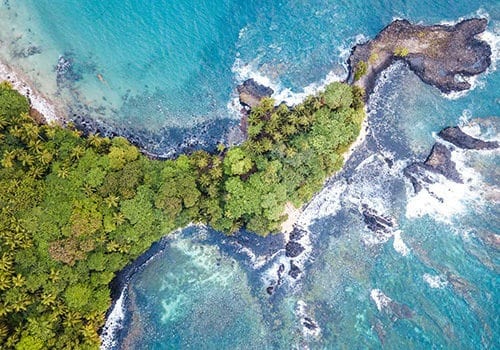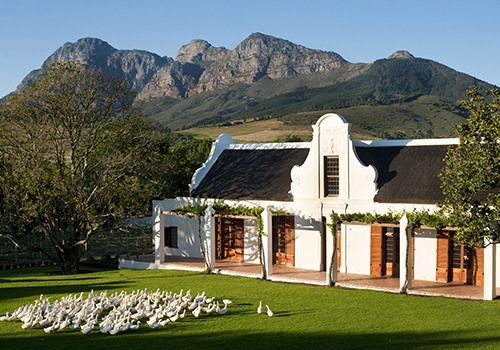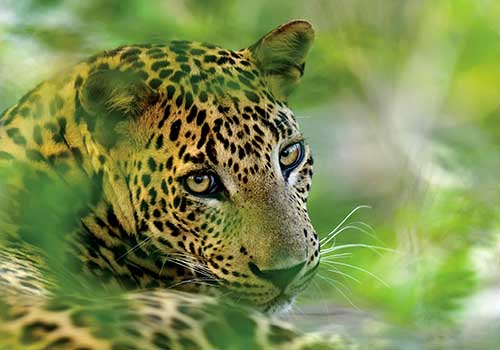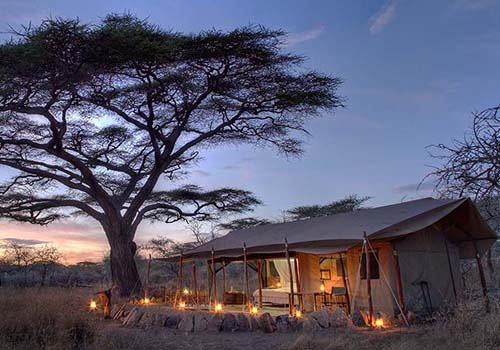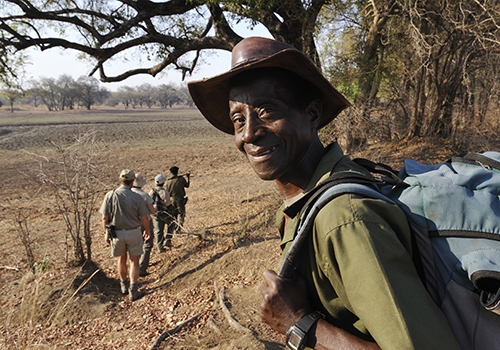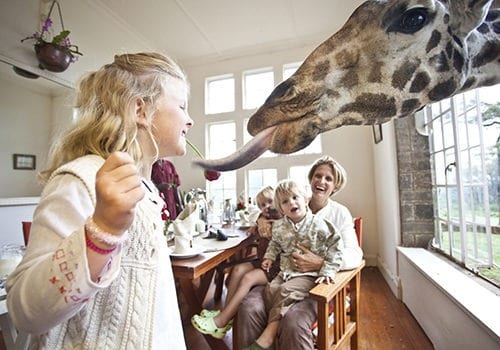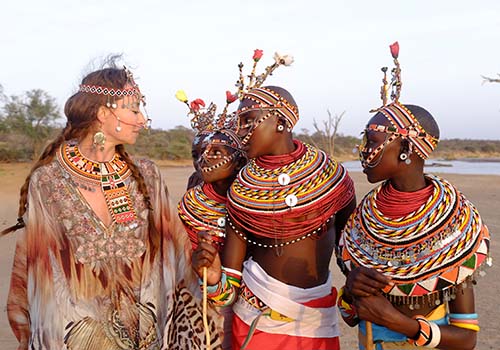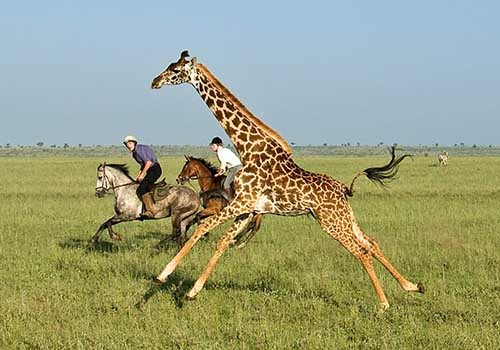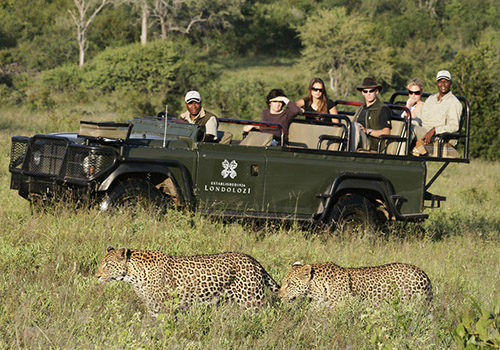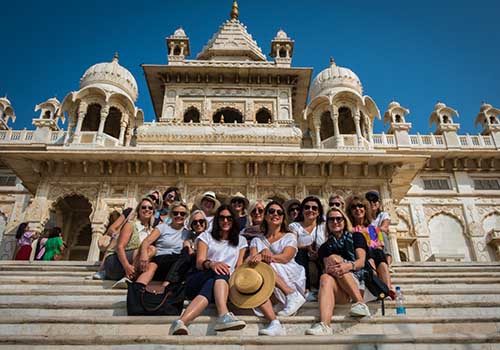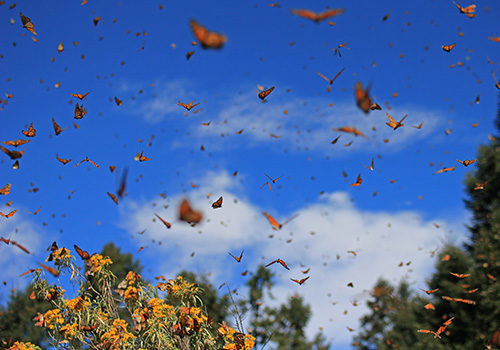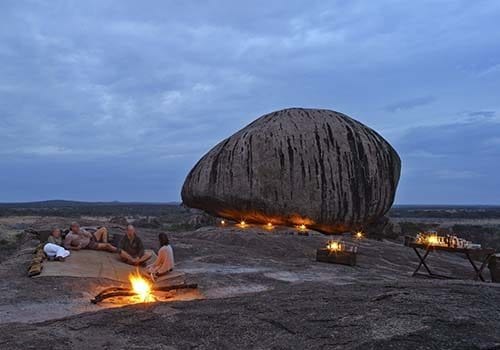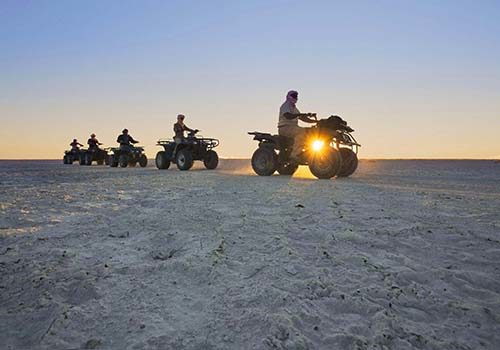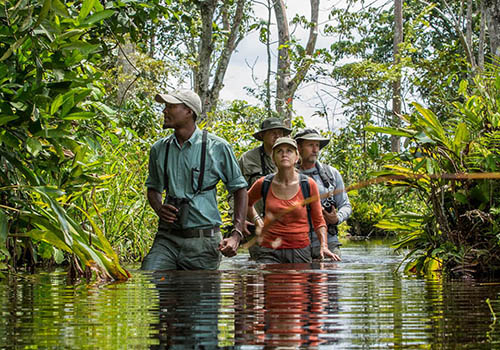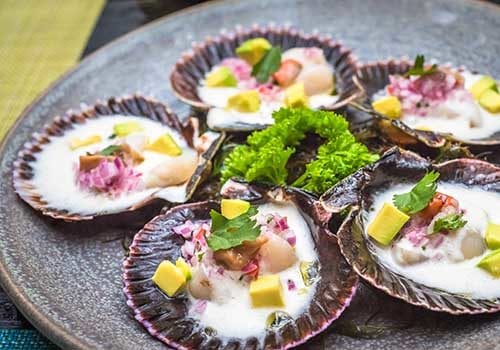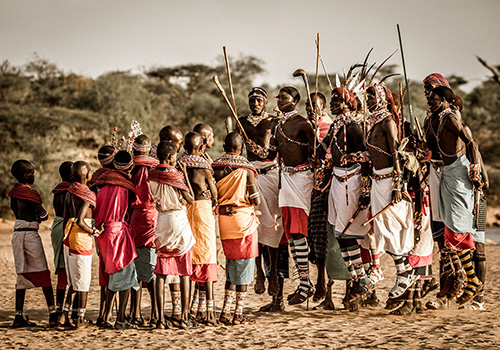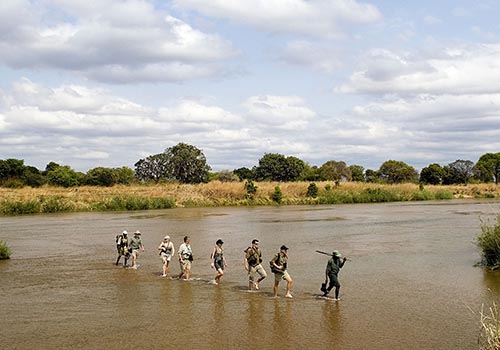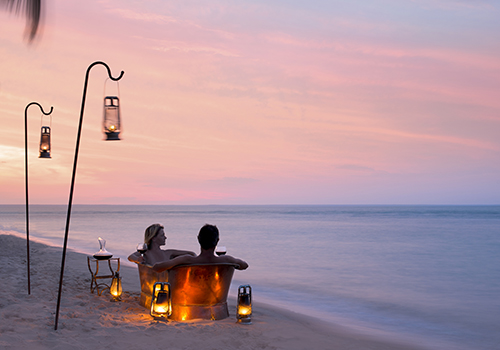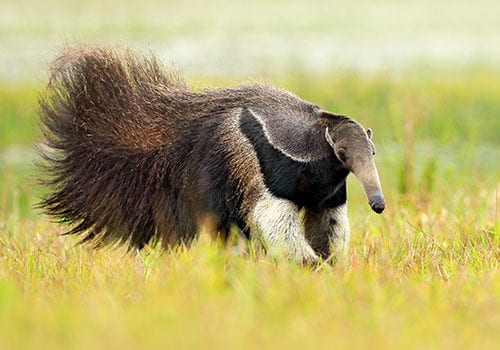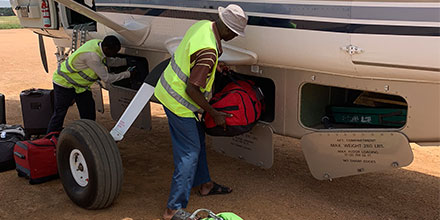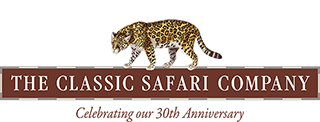
KEY INFORMATION TO PREPARE FOR YOUR JOURNEY
Namibia, located in southwestern Africa, is a land of stark beauty and diverse landscapes that captivate travelers seeking unique and authentic experiences. Bordered by the Atlantic Ocean to the west, Namibia shares its boundaries with Angola, Zambia, Botswana, and South Africa. This nation stands out for its remarkable contrasts, from the towering sand dunes of the Namib Desert to the wildlife-rich plains of Etosha National Park.
The iconic red dunes of Sossusvlei in the Namib Desert are a photographer’s dream, casting surreal shadows and creating breathtaking vistas. Etosha National Park is a haven for wildlife enthusiasts, offering the chance to spot lions, elephants, rhinos, and other species around the Etosha salt pan. Namibia’s diverse landscapes continue to amaze with the otherworldly rock formations of Damaraland, the vast landscapes of the Fish River Canyon, and the coastal allure of Swakopmund. The indigenous cultures of Namibia, including the Himba people, provide travellers with a glimpse into traditional ways of life.
Whether exploring the ancient Namib Desert, tracking wildlife, delving into cultural experiences, or simply soaking in the tranquil beauty of its untouched landscapes, Namibia offers a truly unique and unforgettable adventure for those seeking to connect with nature and culture in a remote and captivating setting.
This information will assist in preparing for your departure and includes helpful travel hints for when you are there. For detailed pre-departure information for Africa on the whole please refer to our AFRICA pre-departure information.
PLEASE NOTE: All pre-departure information was correct at the time of writing, but should be used as a guide only since requirements can change at short notice and without warning. Consult Smart Traveller or contact the Consulate General of Namibia or the appropriate authority prior to departure to confirm all details.
AT A GLANCE
NAMIBIA KEY FACTS
Time: GMT +2 hours | AEST -8 hours (Sep-Mar)
GMT +1 hour | AEST – 9 hours (Apr – Aug)
Capital: Windhoek
International Airport: Hosea Kutako International Airport (WDH)
Official Languages: English but Afrikaans, German and indigenous languages are also spoken
Religion: The predominant religion in Namibia is Christianity
Electrical Current: 220V |South African 3 round pin -Type M
Currency: Namibian Dollar | NAD & ZAR
Australian Consulate in Windhoek: 56 Chalcedoon Street, Windhoek | T: +264 (61) 300 194 | E: australian.consulate.namibia@gmail.com | www.southafrica.embassy.gov.au
Visa: Yes – Australian & New Zealand passport holders are required to obtain a Visa either online in advance or at port of entry. Refer to ‘Passport and Visa Requirements‘ for further details.
USEFUL WEBSITES
Smart Traveller – https://www.smartraveller.gov.au/destinations/africa/namibia
Travel Doctor-TMVC – https://www.traveldoctor.com.au/destinations/namibia
Namibian Consulate – https://www.namibianconsulaustralia.com.au/
PUBLIC HOLIDAYS
January 1: New Year’s Day
March 21: Independence Day
Friday before Easter: Good Friday
Monday after Easter: Easter Monday
May 1: Workers Day
May 4: Cassinga Day
40 days after Easter: Ascension
May 25: Africa Day
August 27: Heroes Day
December 10: Human Rights Day
December 25: Christmas Day
December 26: Boxing Day
*If a public holiday falls on a Sunday the following Monday shall be taken as a public holiday.
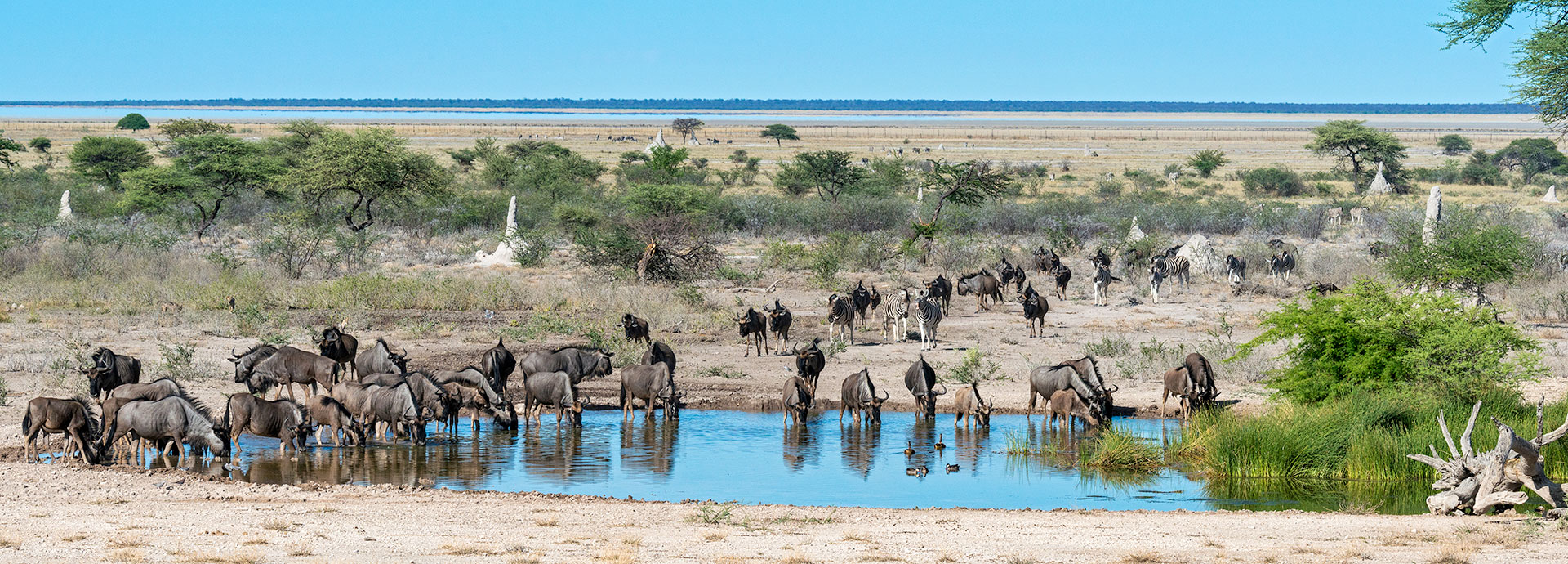
PASSPORT & VISA REQUIREMENTS
PASSPORTS
Your passport must be valid for at least six months after your return to Australia and have at least three blank pages for every entry and country you intend to visit on your journey. If your passport does not meet these requirements you must obtain a new one. The Australian Passport Office website is www.passports.gov.au.
It is a wise precaution to carry a photocopy of your passport separately and leave a copy at home. This will aid authorities in processing a new passport should yours get stolen or lost.
If you have dual citizenship and more than one passport, we strongly recommend that you use only one of these during your travels, as in some countries it is considered illegal to have two or more passports. Be sure to use the same passport on entry and exit from a country, and never surrender your passport.
If your passport name is different to your commonly used name, advise us of this and ensure your airline reservations match those of your passport name.
VISAS
From 01 April 2025:
Australian and New Zealand passport holders will be required to obtain a Visa to enter Namibia either online prior to arrival or on arrival at Namibian ports of entry.
A single entry visa costs N$ 1,600 (approx. AU$140) per adult, N$ 800 per child aged 6-11 years (it is free for children 0-5 years).
It is valid for 90 days from the date of issue.
Online Applications:
The visa must be applied for through this official website: https://eservices.mhaiss.gov.na/ and you must select the “Visa on Arrival” option.
You will require the following:
- Original Passport (Valid 6months / 3 blank pages)
- Return ticket (Proof of onward ticket)
- Health insurance (travel insurance) in English. It is conditional to have travel insurance, a standard cover suffices, and guests may be asked to present proof of this on arrival in Namibia.
- All travellers who have booked a safari with us, only need to present information of their hotel arrangements of the first and last night of their holiday and are not required to upload all details of their safari.
- When asked how much funds you have available we recommend that you state N$1,000 in cash and rest on credit and debit cards. No statements or further proof is required.
- Please remember to select Visa on Arrival, which is applicable for most of our holiday travelers visiting Namibia, and not Holiday Visa which is a different visa application relevant for a limited number of international travelers.
The average processing time for the online visa application is typically 5 days. It is advisable to apply well in advance of your planned travel date.
On Arrival:
Available at ports of entry
We recommend that you apply for your visa online prior to arrival to avoid long waiting times at immigration counters.

TRAVELLING WITH CHILDREN
TRAVELLING WITH CHILDREN TO NAMIBIA
Namibia has enforced strict regulations for anyone travelling with children 18 years and under in an effort to control child trafficking. This means that parents travelling with children (18 years or under) to NAMIBIA are now requested to provide a certified / notarised copy of their child’s UNABRIDGED BIRTH CERTIFICATE. Note that if you are transitting through South Africa you may also need to present these documents.
Parents travelling with a child must produce a certified / notarised copy of the unabridged birth certificate of their child reflecting the particulars of the parents.t
An unabridged birth certificate identifies both parents of the child on the birth certificate. A certified copy is the copy of an original document that has been authorised or stamped as being a true copy. You can find a list of notaries who can witness affidavits and certify copies of documents in Australia here: www.notarylocator.com.au
If minors are not travelling with both parents identified on their birth certificate they will also need a signed affavit from the parent not present stating that they give permission for the minor to travel and giving their contact details.
If children are travelling with a guardian/s, these adults are required to produce certified affavits from both parents proving permission for the child(ren) to travel and giving their contact details.
In the event that one parent has passed away, a certified copy of the death certificate must be carried.
All documents issued in a language other than English must be accompanied by a sworn translation issued by a competent authority. All certified copies must be dated within three months of the arrival date.
All children must be in possession of a valid passport containing two blank pages for each country they intend to visit with a validity of 6 months beyond the date of their return home.
You may not always be asked to produce the documents specified but you absolutely must have them in the event they are requested either by Immigration authorities on arrival or by airline staff when you are checking in for flights. It is important to begin the process of preparing these documents well in advance, particularly if affidavits, death certificates or marriage certificates are required or if the parents name, as it appears on the child’s birth certificate, has changed.
CHILD + BOTH PARENTS
Unabridged birth certficate + valid passport
CHILD + 1 PARENT
Unabridged birth certificate + court order / death certificate and /or affdavit confirming permission for travel from the absent parent + valid passport
CHILD + GUARDIAN ONLY
Unabridged birth certificate + court order / death certificate and/or affidavit confirming permission for travel from both parents + valid passport
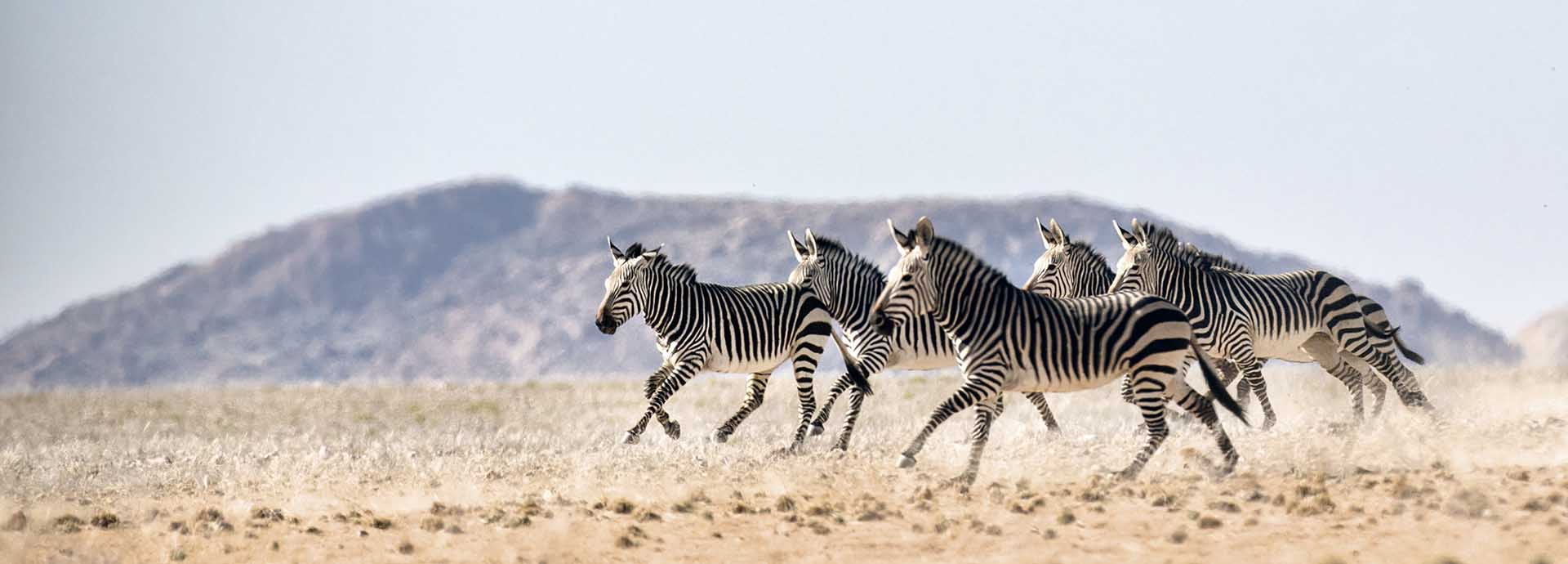
CLIMATE, WEATHER & SEASONS
CLIMATE
Namibia’s climate is generally very dry and pleasant and is nice to visit all year round. Namibia only receives a fraction of the rain experienced by countries further east. Between about December to March some days will be humid and rain may follow, often in localised, afternoon thunderstorms. These are more common in the centre and east of the country and more unusual in the desert.
April and especially May are often lovely months in Namibia. Increasingly dry, with a real freshness in the air, and much greenery in the landscape; at this time the air is clear and largely free from dust. From June to August Namibia cools down and dries out more; nights can become cold, dropping below freezing in some desert areas. By September and October it warms up again; game-viewing in most areas is at its best, although there’s often a lot of dust around. November is a highly variable month. Sometimes the hot, dry weather will continue, at other times the sky will fill with clouds and threaten to rain.
| WINDHOEK | JAN | FEB | MAR | APR | MAY | JUN | JUL | AUG | SEP | OCT | NOV | DEC |
|---|---|---|---|---|---|---|---|---|---|---|---|---|
| Temperature (°C) | 17-29 | 16-28 | 15-27 | 13-25 | 09-22 | 07-20 | 06-20 | 08-23 | 12-25 | 15-29 | 15-29 | 17-30 |
| Rainfall (mm) | 0-50 | 50-100 | 50-100 | 0-50 | 0 | 0 | 0 | 0 | 0 | 0 | 0-50 | 0-50 |
| SWAKOPMUND | JAN | FEB | MAR | APR | MAY | JUN | JUL | AUG | SEP | OCT | NOV | DEC |
|---|---|---|---|---|---|---|---|---|---|---|---|---|
| Temperature (°C) | 12-25 | 12-23 | 12-23 | 15-25 | 15-25 | 18-28 | 15-28 | 15-28 | 12-25 | 12-25 | 12-25 | 12-25 |
| Rainfall (mm) | 0-50 | 0-50 | 0-50 | 0 | 0 | 0 | 0 | 0 | 0 | 0-50 | 0-50 | 0-50 |
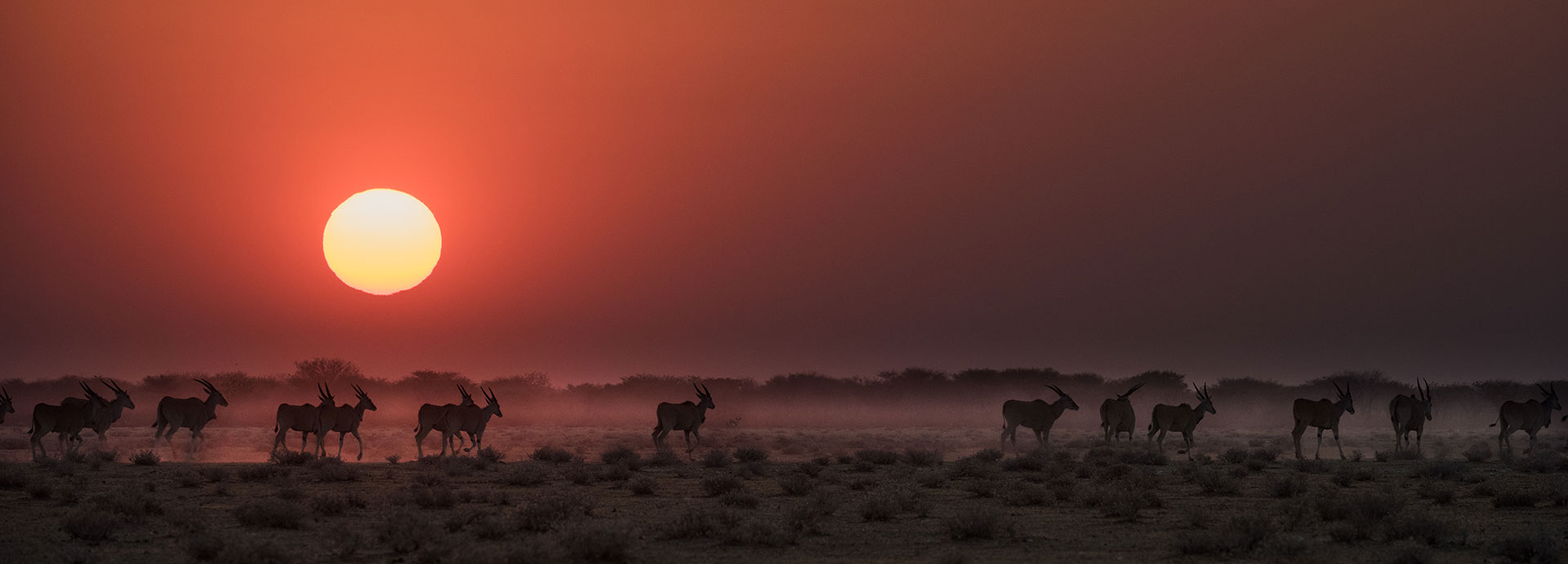
LUGGAGE & PACKING
LUGGAGE
Charter flight companies and some safari operators impose strict luggage restrictions.
The maximum luggage weight specific to your journey is 20 kgs including camera equipment and hand luggage for travel through Botswana. Your bags must be soft-shelled and malleable and not exceed maximum dimensions of 62cm x 30cm x 25cm.
If your luggage does not meet the criteria the charter companies will either leave your luggage behind, charge you for an extra seat onboard the aircraft (if one is available), or charter your bags separately at your cost. The charter planes have restricted space onboard, and, above all, the regulations are in place for your safety.
And if you are wondering how to pack everything in and keep it under weight read our blog – How to pack for a safari and keep it under 15kg
For further information on luggage and what to wear refer to our main Africa pre-departure information.
CHARTER FLIGHTS
The luggage storage on many charter flights across Africa looks like this:
The weight limit is a strict safety requirement to ensure the balance and carrying capacity of small aircraft.
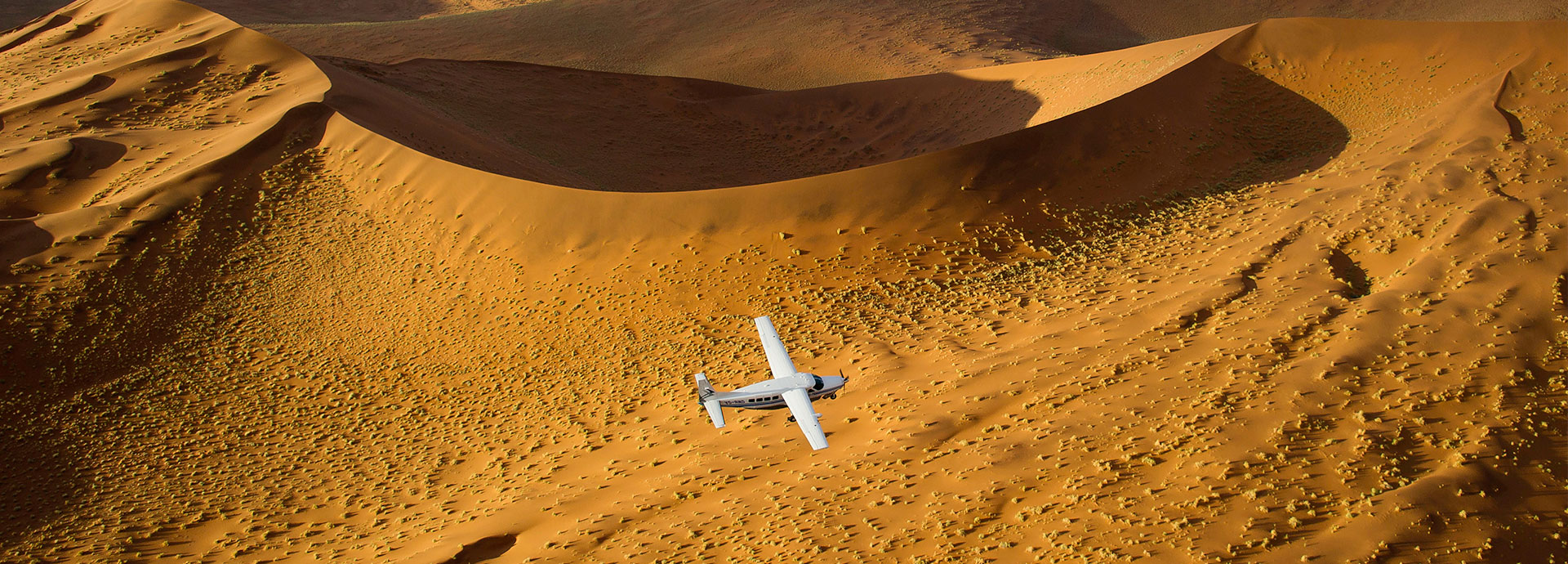
HEALTH & VACCINATIONS
VACCINATIONS
It may be necessary to take medical precautions before, and whilst travelling. As we are not qualified to offer advice, we recommend you contact your GP or the Travel Doctor-TMVC who have the most up‐to-date information available. Requirements are highly personal depending on your health profile and the activities in your itinerary. Some vaccinations must be given well in advance of travel, so we suggest seeking medical advice as soon as you start to plan your trip. Be sure to ask what vaccinations or medications may be required to enter Botswana and to re-enter Australia.
You can also refer to SmartTraveller for a guide as to what may be required, however, you should always seek professional medical advice before travelling.
For further information on health and vaccinations please refer to our main Africa pre-departure information.
SELF DRIVE INFORMATION
Self-driving in Namibia can be an incredible adventure, offering the freedom to explore breathtaking landscapes at your own pace. Here’s a detailed guide with information and tips:
Documents and Requirements
- The driver or any authorised co-driver must produce a valid driver’s license at the time of rental and must not have been convicted of any criminal offence which resulted in the endorsement or cancellation of his/her driving license. The driver’s license needs to be in English with a photograph, and you are required to always carry the physical card with you, a digital version of your license is not acceptable in Namibia.
- Also, have your passport, travel insurance, and car rental documents readily available.
- Ensure your rental car has comprehensive insurance.
Driving Side and Rules
- Drive on the Left: In Namibia, vehicles drive on the left side of the road, and most cars have right-hand drive.
- Seatbelts are mandatory for all passengers.
- Speed Limits: Built up areas usually have a speed limit of 60 km/h, gravel roads 80-100 km/h, and tarred roads 120 km/h (unless otherwise sign posted). Always adhere to posted signs.
- Headlights: All vehicles are required to keep their headlights on at all times – even during the day.
Vehicle Choice
- 4×4 Recommended: Many of Namibia’s roads, especially in remote areas like Skeleton Coast or Damaraland, are gravel, sand, or salt roads. A 4×4 vehicle provides better traction, stability, and comfort.
- Sedans: Suitable for tarred roads and towns, but not advisable for reaching remote attractions like Sossusvlei or Etosha’s off-road tracks.
Planning and Navigation
- Plan Your Route: Before setting off, plan your route and have a clear idea of the destinations you want to visit. Namibia is a vast country, and travel times between places can be longer than expected. Plan for long drives with breaks to avoid fatigue.
- Navigation and GPS: Use a reliable GPS or smartphone navigation app to help you find your way, especially in unfamiliar areas. Physical maps are also useful as signal can be spotty in remote areas.
- Gravel Roads: Over 70% of Namibia’s road network is gravel. These roads can be slippery, corrugated, and prone to sudden potholes.
Fuel & Supplies
- Fill up at every available gas station, as stations can be far apart (100-300 km in some areas). Most stations accept cash; card facilities might not be available everywhere.
- Payment for Fuel: Most stations are full-service. Tip attendants a small amount for their help. Many only accept cards or cash (not all accept credit cards).
- Carry enough water, snacks, a first aid kit, and a basic toolkit, especially for remote routes.
General Driving Etiquette
- Be courteous on gravel roads: Give way to faster vehicles – if another car is approaching from behind, especially on gravel roads, pull slightly to the side when safe to allow them to pass.
- Dust awareness: When overtaking, be mindful of the dust cloud you may create, which can obscure visibility for other drivers.
- Traffic Stops: Be polite and cooperative at police roadblocks.
Safety Tips
- Vehicle Safety Check: Before starting your trip, inspect your rental vehicle (if applicable) thoroughly. Check the tires, brakes, headlights, and all essential functions.
- Avoid Driving at Night: It’s advisable to avoid driving at night, particularly in rural areas, as road conditions might be challenging, and visibility can be limited.
- Beware of Wildlife: If you’re driving in wildlife areas or national parks, be cautious of animals crossing the roads. Reduce your speed and stay alert for any wildlife activity.
Emergency Numbers
- National Emergency Number: 112
- Police: 10111
- Roadside Assistance: Contact your rental agency for specific roadside assistance details.
By preparing well and driving cautiously, your self-drive trip through Namibia will be both safe and unforgettable!

MONEY MATTERS
CURRENCY AND EXCHANGE
Namibia’s currency is the Namibian dollar (NAD) which is equal in value to South African Rand (ZAR). Both are accepted as legal tender throughout Namibia. We recommend that you travel with ZAR because NAD are not easily exchanged outside of Namibia. US dollar and Australian dollars are not accepted.
ATMs are widely available in the main towns and major international credit cards are widely accepted, except in some petrol stations where cash is required. Please be vigilant if you do withdraw cash.
Major international credit cards such as Visa and Mastercard are widely accepted. AMEX is not so popular and in some instances is not accepted at all. Please note that you need to take your physical credit card, and you need to know your PIN number, as not all places will allow you to ‘tap’. In some cases you may also be asked to sign.
It’s best to take a mixture of money – credit card, debit card or travel cash card, plus cash just in case.
It is recommended that you DO NOT change money on the black market as you are more likely to receive a lower rate of exchange or fake notes.
TELL YOUR BANK
We highly recommend you advise your bank of your destinations and travel dates. This should prevent any of your transactions being deemed as ‘out of the ordinary’ (and possibly stopped) due to their unexpected location.
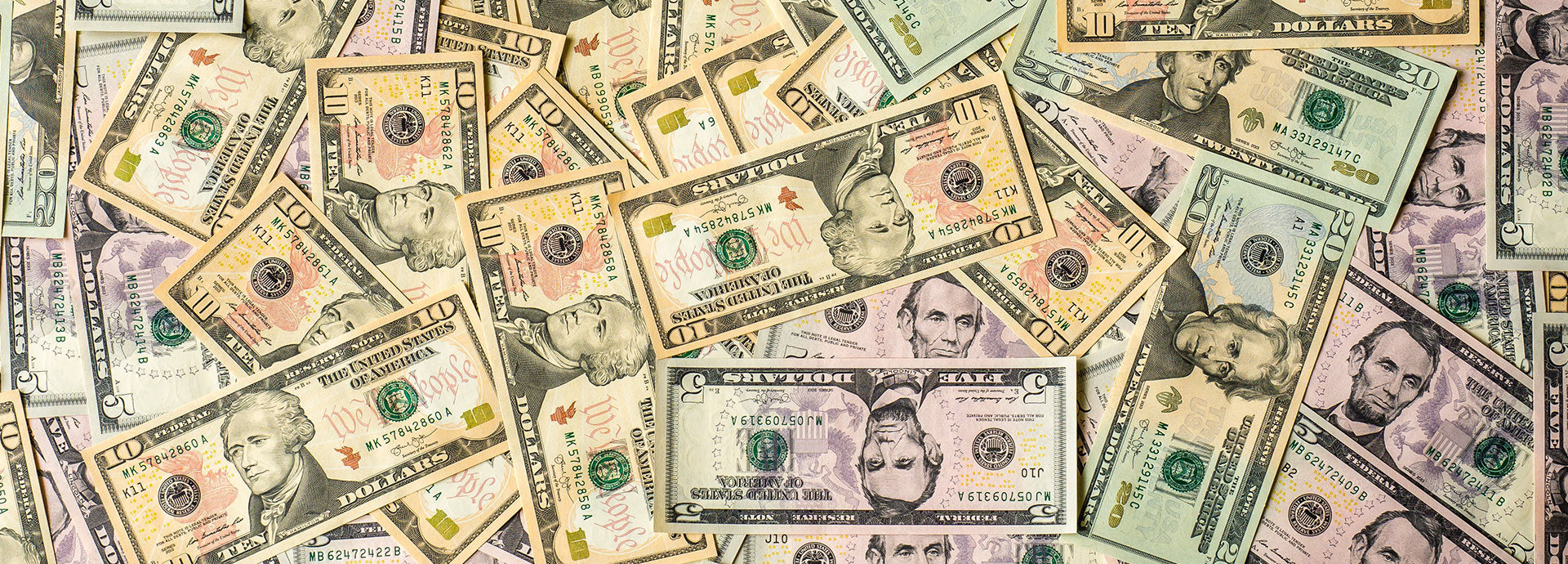
POWER, TECH & PHOTOGRAPHY
POWER
There are basically two main voltage systems used around the world: 110 Volt ‐ USA, Canada, Spain & Japan 220 Volt ‐ the rest of the world. In simple terms, the power supply available at the socket is roughly twice as powerful in 240V countries as in 110V countries.
The voltage in Namibia is 220 Volts, therefore if you wish to use any electronic devices from Canada, the US or Japan you’ll need a voltage converter AND a plug adapter. Australia operates a 220V currency and therefore you only require an adapter for Australian appliances.
The adaptor you will need for Namibia is a TYPE M or, alternatively you may prefer to invest in an International Travel Adaptor that provides you with more than one option.
Many adaptors also have a USB port so you can plug your smart phone, or I‐product directly into the adaptor.
For the latest & most up to date information about voltage and what adaptors to travel with refer to: www.korjo.com
ADAPTORS
Namibia uses a 220V electrical current and a type M socket (South African 3 round pin)



